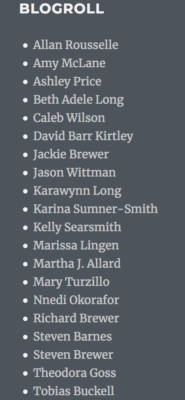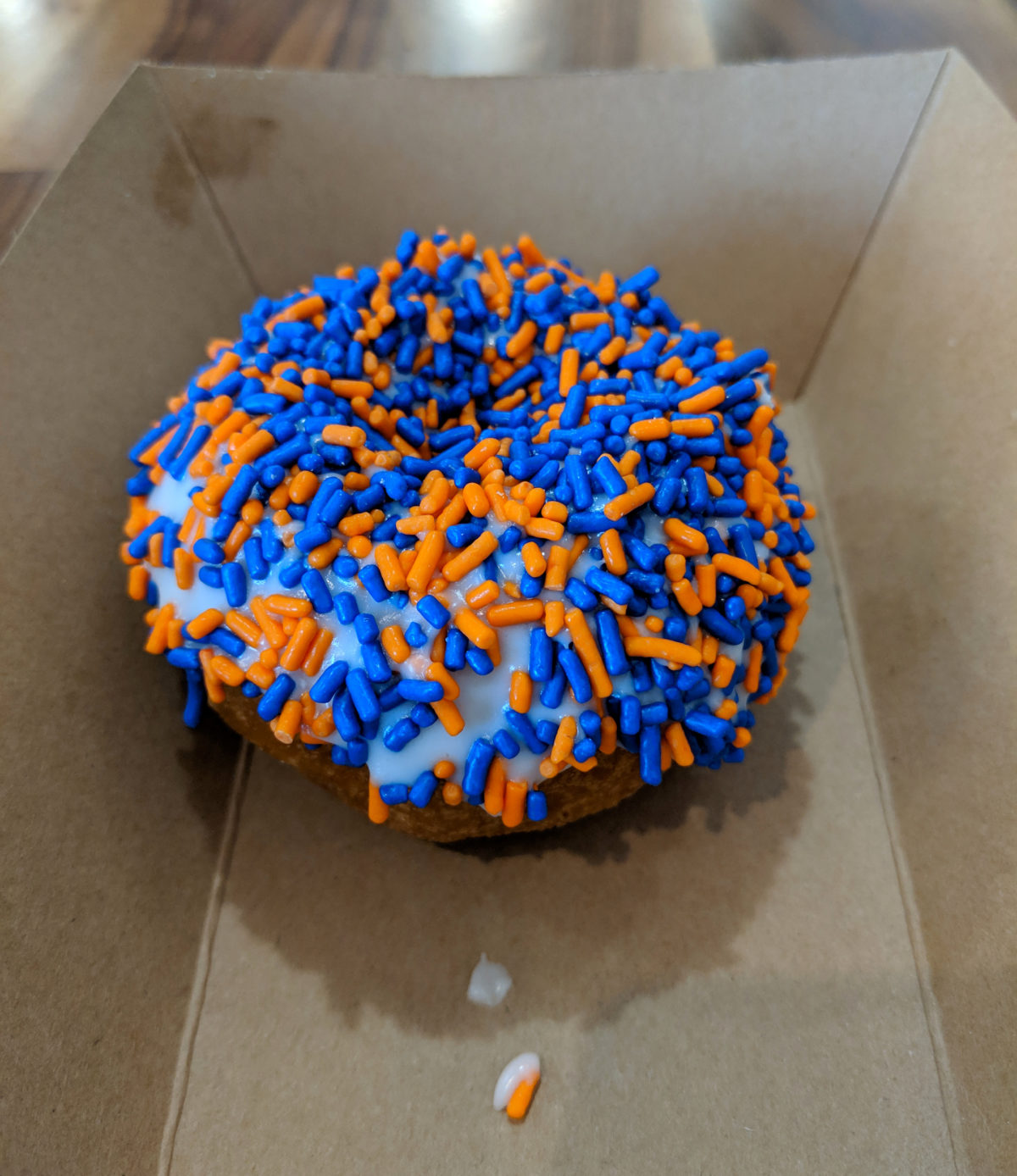Often—I’d say usually—when I craft something to post to social media I end up disappointed eventually. In particular, when I want to refer back to it and find that it’s lost in the depths of Facebook or twitter and I can’t find it, or can’t refer to it in the way I want to.
I think I’ve got this problem solved now, via micro.blog, which is social media done correctly.
Use micro.blog like this: Have your own blog that generates an RSS feed. Sign up for a micro.blog, and configure it to watch that feed. It will build a twitter-like timeline out of your blog posts. There’s a clever detail about how it does so: Your regular posts will just be posted with your post title and a link. But your short, status posts—your tweet-like posts—show up with the full content instead of just a title and a link. (You signal the difference to micro.blog by omitting a title on your status posts.)
I set up a micro.blog a couple of years ago (I was a backer on Kickstarter), and was very pleased with how it all worked, with the sole problem being that nobody reads my micro.blog feed. My frustration with that, however, has finally prompted me to do something that I’m always loath to do: Spend money.
I signed up to spend $2 a month to have micro.blog forward my feed on to twitter (and, of course, to support micro.blog). A link to this post will show up with the post title. My status posts are showing up as tweets, just like they’re supposed to.
Going forward I’ll still post to twitter, but generally just replies and retweets. With those exceptions, my plan is to publish all my content here and let micro.blog handle the rest.



